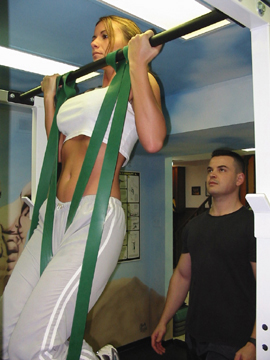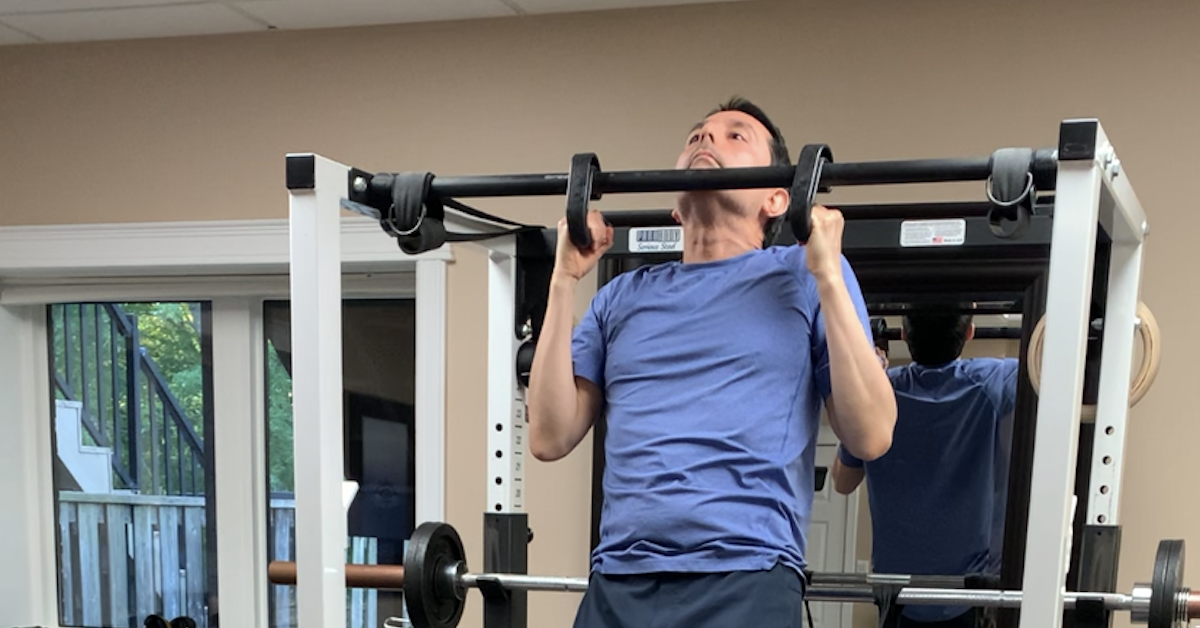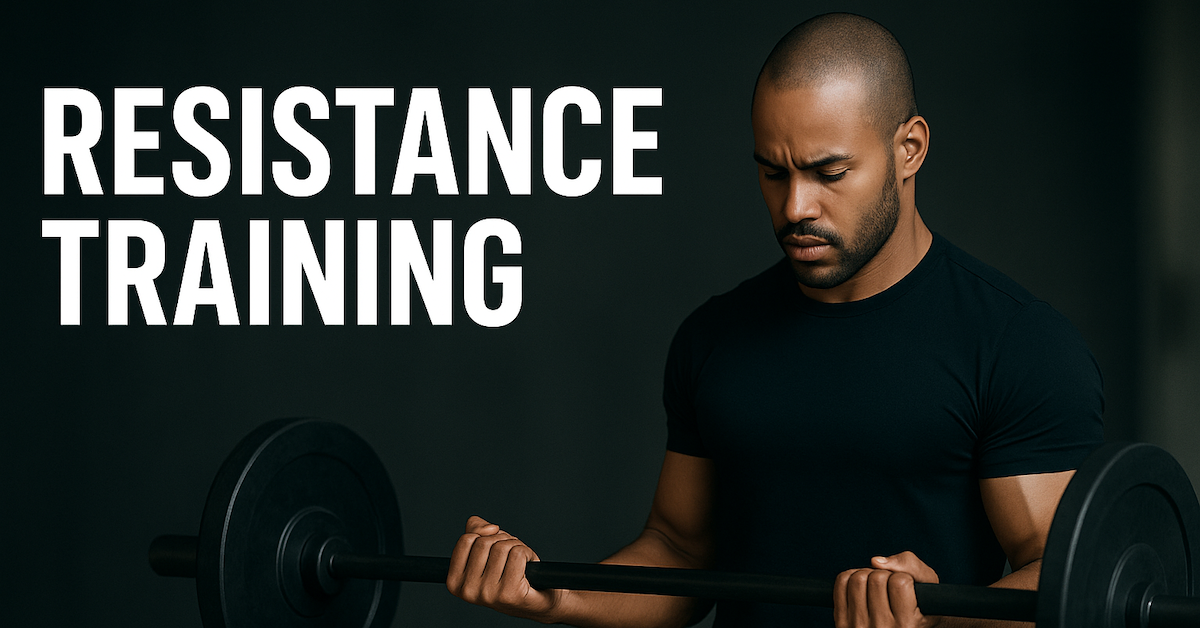Thanks to contributions from Louie Simmons and Dave Tate, two coaches renowned for producing world-class strength athletes, the concept of accommodating resistance utilizing bands and chains has been popularized over the past two decades.
Since an ascending strength curve exists on exercises like the squat and bench press, these tools accommodate strength by offering more resistance at the top of the movement than at the bottom. In other words, as the bands stretch or as each chain link is lifted from the ground, resistance increases.

Conversely, bands can also offer assistance. This is particularly useful for those who have difficulty performing chin-ups or dips, as is the case with many beginners, females, and overweight individuals. Simply wrap the band around the bar on one end and your knee or foot on the other.
The bands act like an extra set of tendons and are valuable for those experiencing joint problems. In addition to the added security they offer, the bottom range tends to be less stressful on the joints, particularly the shoulders.
You can alter the assistance by using bands of different sizes (wider bands provide greater assistance) or make the exercise more challenging by slowing down the eccentric action and reducing the plyometric effect. Progress from two bands (easier) to one band (more difficult) as strength increases.
References
- Berry, M., and Ebben, B. (2001). Free weight variable
resistance. In StrengthCats. Retrieved from
http://strengthcats.com/variableresistance.htm - Tate, D., and Siff, M.C. (2000, November). Supertraining and Westside strength camp. Seminar presented in Denver, CO.
- Thibaudeau, C. (2004). Theory and application of modern strength and power methods. Quebec: n.p.
- Siff, M.C. (2000, October). Applied science in conditioning for
rehabilitation and performance. Seminar presented in Mississauga, ON.

From Zero to Two: Leo’s Chin-Up Breakthrough
When Leo began training with me in September 2024, our first goal was to improve body composition — lose fat,

Resistance Training Foundations: How to Progress Safely and Build Real Strength
Resistance training isn’t just for bodybuilders. Whether you’re just starting out, returning after a break, or training for performance, knowing

Neck Extensions Before Arm Curls: Unlock More Strength
When most people warm up for arm curls, they’ll hit a few light sets or maybe stretch out a bit.
follow
Error: No feed with the ID 2 found.
Please go to the Instagram Feed settings page to create a feed.
